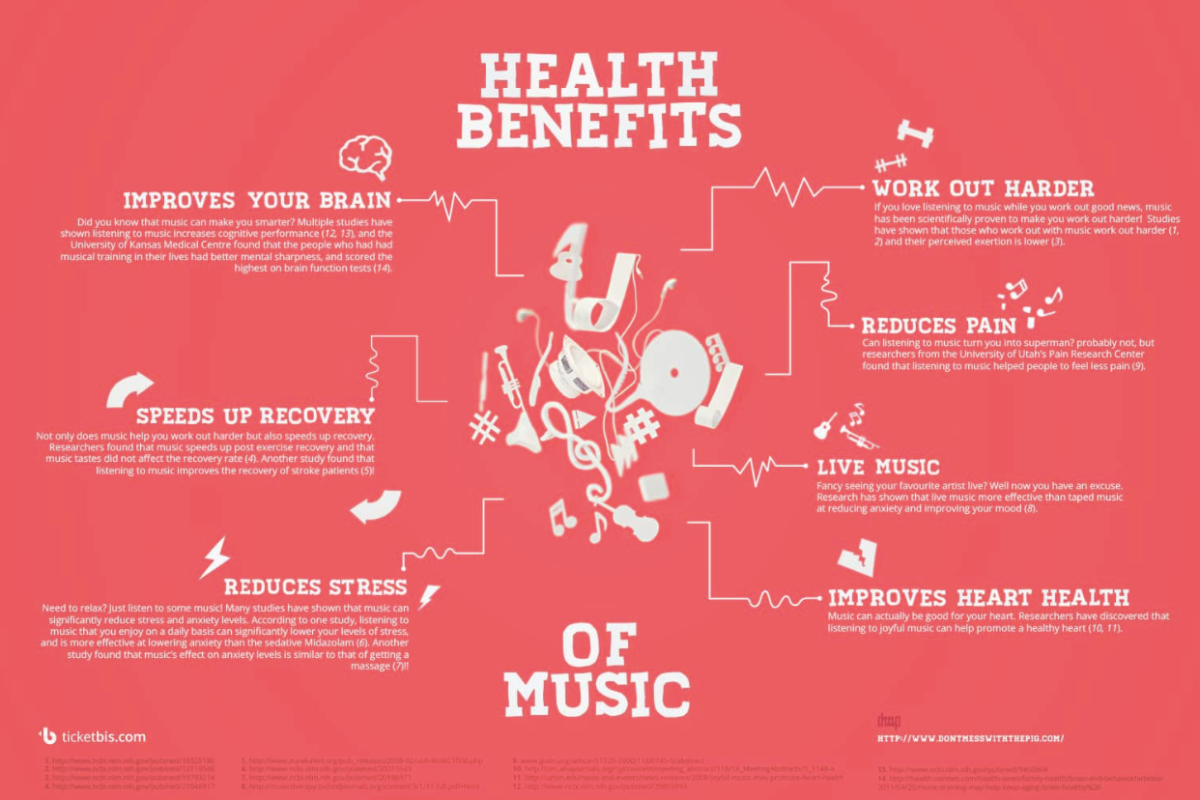The Brutality of the National Football League
How violence has become normalized within the sport, and the toll it takes on the athletes.
When Damar Hamlin collapsed during Monday Night Football on January 2, the entire United States–football fans or not–held their breath, waiting anxiously overnight to hear what condition Hamlin was in.
While the cardiac arrest Hamlin suffered might be deemed a “fluke” in the world of professional football–that is, the hit he took was not worse than any typical tackle in the NFL–it got me thinking: how desensitized have American football fans become to the violent, frankly unsafe nature of the sport?
Even if you don’t watch much football, it’s no secret that the game is one of the most violent sports. As Howard Bryant of Meadowlark Media put it on Saturday Sports, “the goal in football is to hurt people,” breeding what he calls a “death sport.” Data backs this claim up, too.
Chronic traumatic encephalopathy (CTE) is a condition which can progress through multiple stages, exacerbated by “smaller, repeated blows to the head that do not cause [immediate] symptoms, known as subconcussive hits,” according to the New York Times. Long-term effects include memory loss, depression, aggressive behavior, and, in some cases, suicidal thoughts.
Ninety-nine percent of NFL players whose brains were examined during a Boston University study had CTE, and a number of retired players’ suicides were proven to be linked to CTE when they were examined posthumously. The main issue that appears to make CTE so common is that subconcussive hits do not have an immediate effect–players aren’t faced with the consequences of playing until much later.
Another study released in late 2021 revealed that NFL athletes are four times more likely than the general male population to develop and die from amyotrophic lateral sclerosis (ALS), a fatal neurodegenerative disease that occurs due to repeated head trauma during play. It is also important to note that the study found that players who were in the NFL for longer were more likely to develop ALS, suggesting yet again that the disease’s prevalence is due to repeated impact in the sport.
CTE and ALS are two examples of brain-specific diseases, only one category among the many repercussions football has for players. In looking at general injuries, a Harvard study found that the mean number of injuries per NFL game is 5.9, while all other professional sports leagues studied had average numbers well under 1.
In a study composed by Dr. Benjamin Domb for the American Journal of Sports Medicine, it was found that more than one third of retired professional football players’ bodies were permanently damaged.
As Domb puts it, “For the rest of their lives, they will wake up every morning in pain, and in many cases they may have difficulty walking… In almost all cases, the athletes will need multiple orthopedic surgeries in years to come to treat the damage they sustained during their playing years.”
So if football has such severe and common risks, how is it that millions of people spend hours each week watching so many, if not all players, teeter on the fine line between life and death?
There are many answers to this question, including the culture the NFL has bred, or the unmatched intensity of the game. Sociology professor Nathan Kalman-Lamb attributes the sport’s popularity to the very heart of the problem: football’s brutality.
“The meaning fans get,” he says, “is based on the idea that when they watch these games, something really profound, powerful and important is happening—and life or death stakes are part of it.” Fans are drawn to the fast-paced, dangerous nature of football and feed the NFL’s incentive to continue without taking significant measures to protect athletes.
While Hamlin’s injury points us towards recognizing the inevitability of injuries in football–often permanent ones, for that matter–it appears that the NFL and its fans have become far too phlegmatic in the face of brutality and injury. Football does not have to go away, but the NFL should start making substantial changes to better protect players, who make the organization what it is.

































